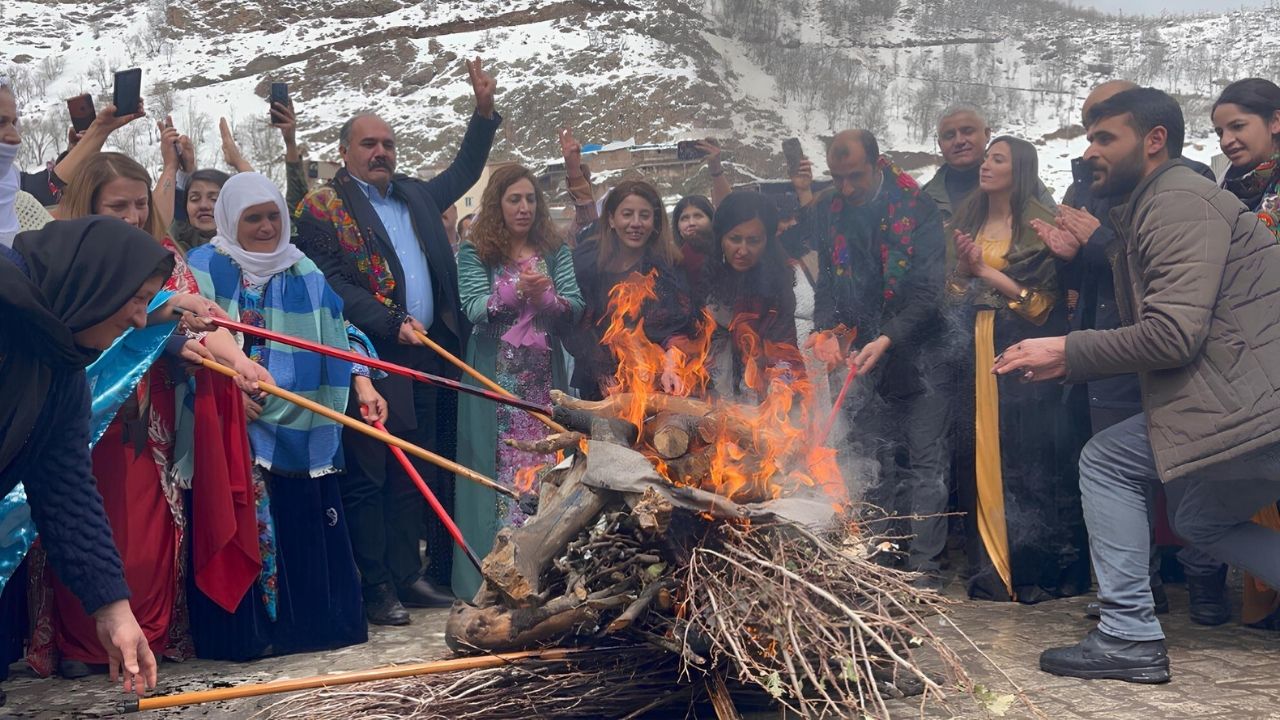
What was the Beytussebab Rebellion? The Beytussebab Rebellion was a significant uprising that took place in the early 20th century in southeastern Turkey. This rebellion was led by Kurdish tribes against the Ottoman Empire, driven by a desire for autonomy and resistance to centralization efforts by the Ottoman authorities. The conflict highlighted the tensions between the Kurdish population and the Ottoman government, which sought to impose stricter control over the region. Understanding the Beytussebab Rebellion provides insight into the complex history of Kurdish resistance and the broader struggles within the Ottoman Empire during a period of political upheaval and change.
Key Takeaways:
- The Beytussebab Rebellion was a 19th-century Kurdish uprising against Ottoman control, led by influential leaders like Bedir Khan Beg and Yezdan Sher. It ultimately shaped Kurdish history and resistance movements.
- The rebellion had lasting impacts, leading to a crackdown on Kurdish tribes and highlighting their discontent with Ottoman policies. It remains a symbol of Kurdish resistance and inspires movements for autonomy and recognition.
The Beytussebab Rebellion: An Overview
The Beytussebab Rebellion was a significant event in the history of the Ottoman Empire. It took place in the 19th century and had lasting impacts on the region. Here are some fascinating facts about this rebellion.
- The rebellion occurred in 1843 in the Beytussebab district, located in the southeastern part of modern-day Turkey.
- It was primarily led by the Kurdish tribes who were dissatisfied with the Ottoman centralization policies.
- The Ottoman Empire was trying to exert more control over its distant provinces, which led to tensions with local leaders.
- The Kurdish tribes were also resisting the conscription policies imposed by the Ottoman authorities.
- The rebellion was part of a larger series of Kurdish uprisings against the Ottoman Empire during the 19th century.
Key Figures in the Rebellion
Several important leaders and figures played crucial roles in the Beytussebab Rebellion. Their actions and decisions significantly influenced the course of the conflict.
- Bedir Khan Beg was one of the most prominent leaders of the rebellion.
- He was the head of the powerful Botan Emirate and had a significant influence over the Kurdish tribes.
- Bedir Khan Beg's leadership was instrumental in organizing and mobilizing the Kurdish forces.
- Another key figure was Yezdan Sher, a Kurdish leader who also played a vital role in the rebellion.
- Yezdan Sher was known for his military skills and strategic acumen.
The Course of the Rebellion
The Beytussebab Rebellion saw several key battles and events that shaped its outcome. Understanding these events helps in grasping the rebellion's significance.
- The rebellion began with a series of skirmishes between the Kurdish forces and the Ottoman troops.
- The Kurdish forces initially had some success, capturing several Ottoman garrisons.
- However, the Ottoman Empire responded with a large-scale military campaign to suppress the rebellion.
- The Ottoman forces were led by General Omar Pasha, a skilled military commander.
- Despite their initial successes, the Kurdish forces were eventually overwhelmed by the superior Ottoman military.
Impact and Aftermath
The Beytussebab Rebellion had significant consequences for both the Kurdish population and the Ottoman Empire. These impacts were felt long after the rebellion was suppressed.
- The rebellion led to a harsh crackdown on the Kurdish tribes by the Ottoman authorities.
- Many Kurdish leaders, including Bedir Khan Beg, were captured and exiled.
- The Ottoman Empire implemented stricter control over the region to prevent future uprisings.
- The rebellion also highlighted the growing discontent among the Kurdish population towards the Ottoman centralization policies.
- It set the stage for future Kurdish uprisings and resistance movements.
Cultural and Historical Significance
The Beytussebab Rebellion holds a significant place in Kurdish history and culture. It is remembered and commemorated in various ways.
- The rebellion is often seen as a symbol of Kurdish resistance against external control.
- It has been the subject of numerous Kurdish folk songs and stories.
- The events of the rebellion are also studied by historians to understand the dynamics of Kurdish-Ottoman relations.
- The rebellion is considered an important chapter in the broader history of Kurdish nationalism.
- It continues to inspire Kurdish movements and struggles for autonomy and recognition.
The Beytussebab Rebellion remains a pivotal event in the history of the region, reflecting the complex interplay of power, resistance, and identity.
Final Thoughts on the Beytussebab Rebellion
The Beytussebab Rebellion stands as a significant chapter in history, highlighting the complexities of regional conflicts and the resilience of communities. Understanding the rebellion's causes, key figures, and outcomes provides valuable insights into the socio-political landscape of the time. This event underscores the importance of recognizing diverse perspectives and the impact of local uprisings on broader historical narratives. By examining such events, we gain a deeper appreciation for the struggles and triumphs that shape our world. The Beytussebab Rebellion is a testament to the enduring spirit of those who fight for their beliefs, reminding us of the power of collective action and the quest for justice. As we reflect on these facts, let's remember the lessons learned and the importance of preserving history for future generations.
Frequently Asked Questions
Was this page helpful?
Our commitment to delivering trustworthy and engaging content is at the heart of what we do. Each fact on our site is contributed by real users like you, bringing a wealth of diverse insights and information. To ensure the highest standards of accuracy and reliability, our dedicated editors meticulously review each submission. This process guarantees that the facts we share are not only fascinating but also credible. Trust in our commitment to quality and authenticity as you explore and learn with us.
